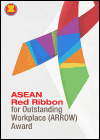What's New
Displaying results 1691 - 1700 of 4922
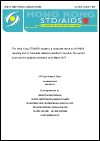
Resource | Publications,
The Hong Kong STD/AIDS update is a composite report on HIV/AIDS reporting and STI caseload statistics published 3 monthly. The current issue has the updated information up to March 2018.
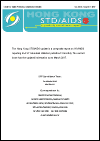
Resource | Publications,
The Hong Kong STD/AIDS update is a composite report on HIV/AIDS reporting and STI caseload statistics published 3 monthly. The current issue has the updated information up to June 2018.
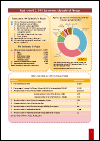
Resource | Fact Sheets,
Find HIV data on HIV epidemic update, epidemic update, HIV testing and counseling, Sexually Transmitted Infections (STIs), Prevention of Mother to Child Transmission (PMTCT), HIV Care and Antiretroviral Therapy (ART) Services and key populations.
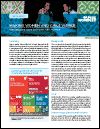
Resource | Publications,
Gaps in gender data and the lack of trend data make it difficult to monitor progress for women and girls. Unless gender is mainstreamed into national statistical strategies and prioritized in data collection, gender data scarcity and gaps will persist.
Investment in national statistical capacity is central to improving the coverage, quality, and timeliness of data for monitoring gender equality and the SDGs. But beyond this, making sure that data represent the lived reality of women and girls in all their diversity by addressing deep-seated biases in concepts, definitions, classifications, and methodologies, is essential to making women and girls visible.

Resource | Laws and Policies,
The DOH Administrative Order No. 2017-0019 or the Policies and Guidelines in the Conduct of Human Immunodeficiency Virus (HIV) Testing Services (HTS) in Health Facilities defines HIV Treatment hubs as a hospital with an organized HIV and AIDS Core Team (HACT) that facilitates in-patient and out-patient prevention, treatment, care and support services to PLHIV including but not limited to antiretroviral therapy, HIV testing services, clinical management, patient monitoring, and other care and support services.

Resource | Publications,
The Association of Southeast Asian Nations, or ASEAN, was established on 8 August 1967 in Bangkok, Thailand, with the signing of the ASEAN Declaration (Bangkok Declaration) by the Founding Fathers of ASEAN, namely Indonesia, Malaysia, Philippines, Singapore and Thailand. Brunei Darussalam then joined on 7 January 1984, Viet Nam on 28 July 1995, Lao PDR and Myanmar on 23 July 1997, and Cambodia on 30 April 1999, making up what is today the ten Member States of ASEAN.
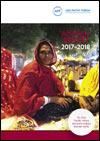
Resource | Publications,
In June 2018, the UN High Commissioner for Human Rights issued a powerful rebuke against this growing “contempt for human rights”, arguing that it threatens the very structures that have been designed to ensure our common safety and prosperity.
The UDHR – drafted in the wake of two devastating world wars, overwhelming genocide and a crippling economic depression – sought to affirm our common humanity and set a pathway to peace and development for all people, founded on the principles of equality and non-discrimination.
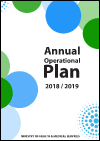
Resource | Publications,
The aim of the operational plan is to operationalize the Strategic Plan (SP) 2016-2020 by outlining the goals, specific objectives indicators and targets under the eight priority (outcome) areas of the SP 2016-2020.
The Ministry of Health & Medical Services (MHMS) SP 2016-2020 outlines the vision and mission and a set of agreed values to guide MHMS operations. MHMS is working towards achieving this vision by empowering people to take ownership of their health and providing quality preventative, curative and rehabilitative services through a caring and sustainable healthcare system.
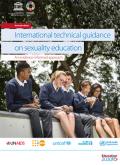
Resource | Guidelines,
The International Technical Guidance on Sexuality Education was developed to assist education, health and other relevant authorities in the development and implementation of school-based and out-of-school comprehensive sexuality education programmes and materials.
Non-governmental organizations (NGOs), youth workers and young people can also use the document as an advocacy or accountability tool, for example by sharing it with decision-makers as a guide to best practices and/or for its integration within broader agendas, such as the Sustainable Development Goals.






